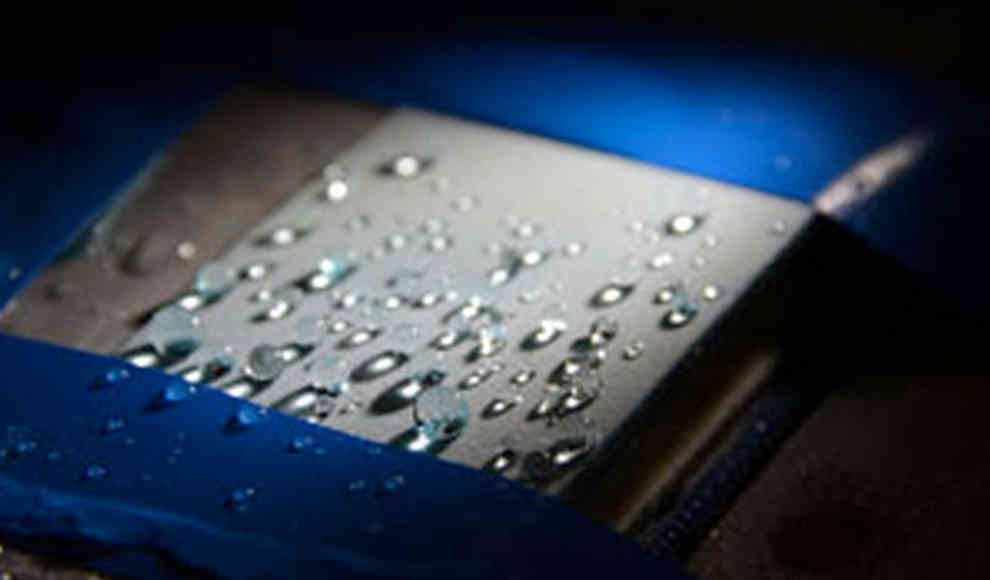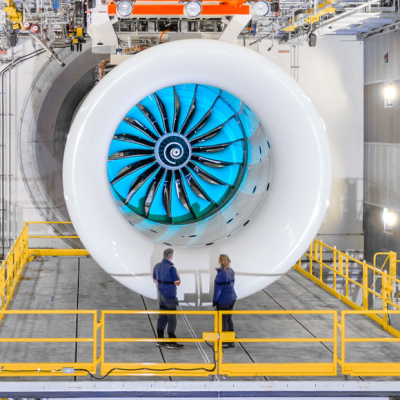A new breakthrough in aircraft safety could be on the horizon, as researchers have developed a bionic skin that could prevent ice from forming on airplane wings. The inspiration for this new technology came from the skin of poison dart frogs, which only release their toxins when necessary. Konrad Rykaczewski, an assistant professor of engineering at Arizona State University, has been working on developing a better ice protection system for airplanes for several years. His research was motivated by a personal experience when he was stranded in London for two days due to a lack of frost protection for airplane wings.
Rykaczewski’s breakthrough came from a chance encounter with a poison dart frog during a vacation in Panama. He discovered that the frog’s skin has numerous glands that secrete a secretion to keep the skin moist, while others release toxins when provoked. This inspired Rykaczewski to create a new type of ice protection layer for airplane wings that only releases frost protection when needed. The team combined two permeable and superhydrophobic layers to create a coating that quickly absorbs frost protection in the lower layer, while the upper layer prevents it from leaking out.
This new coating delays ice formation by a factor of ten and requires between two and eight times less frost protection than current methods. This is a significant improvement in terms of flight safety, as ice formation on airplane wings can affect the shape of the wings, reduce aerodynamics, and disrupt lift. In the worst-case scenario, this can lead to a crash. Reports from the National Transportation Safety Board show that between 1982 and 2000, ice formation on airplane wings caused nearly 600 accidents and more than 800 deaths in the United States alone.
Rykaczewski’s team hopes to optimize the design of the coating, increase its performance, and make it applicable like a new paint job. The new coating is not yet ready for use on airplanes, but the team plans to test it on wind turbine blades and drone rotors in the Arctic region. Rykaczewski believes that this technology could revolutionize the aviation industry and make flying safer for everyone.










